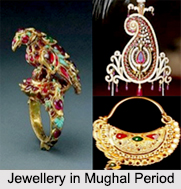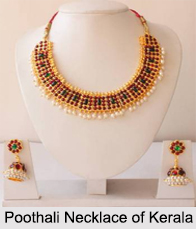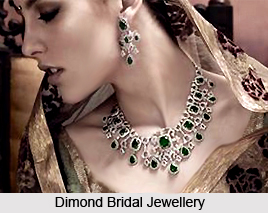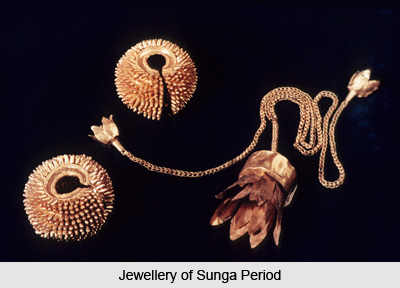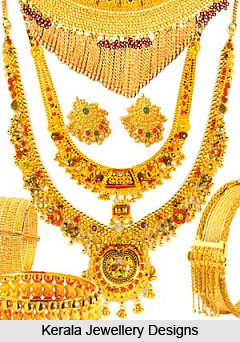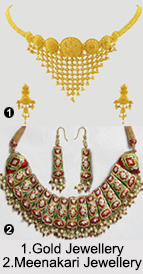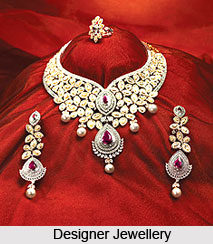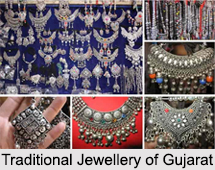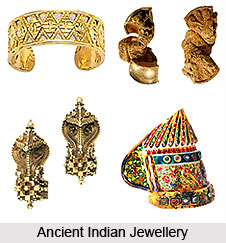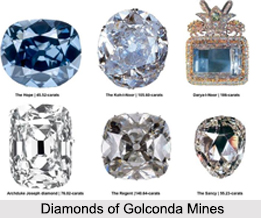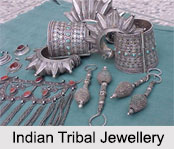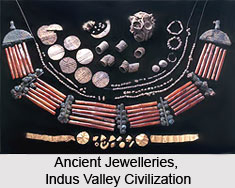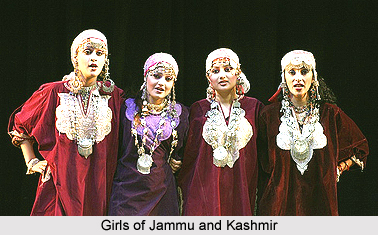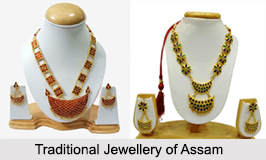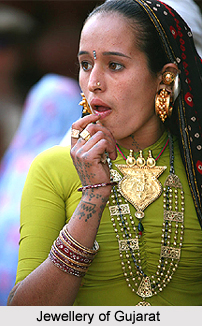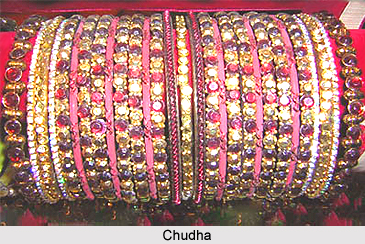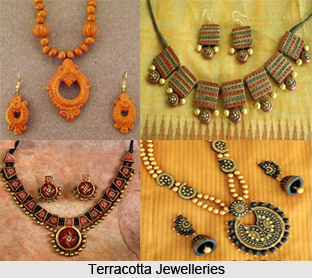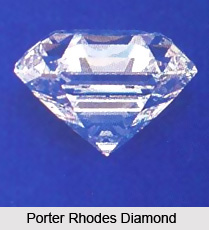 On February 12, 1 880, a beautiful polyhedron weighing 153.50 carats, was unearthed in the Kimberley Mine in South Africa was named as The Porter Rhodes diamond. The Kimberley Mine was a famous mine belonged to Porter Rhodes, who later went on to become one of the first directors of De Beers Consolidated Mines.
On February 12, 1 880, a beautiful polyhedron weighing 153.50 carats, was unearthed in the Kimberley Mine in South Africa was named as The Porter Rhodes diamond. The Kimberley Mine was a famous mine belonged to Porter Rhodes, who later went on to become one of the first directors of De Beers Consolidated Mines.
On January 19, 1881, Porter Rhodes brought this extraordinary gem to England and he had a spectators with the jewel-loving Queen Victoria to whom he showed this treasure. The absolute beauty and clarity of the stone flabbergasted the queen. The diamond was also shown to Empress Eugenie of France who was suspicious whether it had really come from South Africa. It was rumored that the diamonds have earned a reputation of being yellowish in color and therefore not very valuable of the country. The brilliant white Porter Rhodes diamond helped in earth-shattering this myth.
The stone was later cut and bought by the Baring-Could family. In 1930, the second Marquess of Westminster bought it for his third wife, Duchess Loelia. Consequently it came to be owned by the London jewellers Jerwood & Ward, and they sent it to Amsterdam where it was given its emerald cut. The diamond now weighed 56.60 carats.
In 1937, Maharaja Yashwant Rao of Indore, who bought the diamond, was the next successive owner. Yashwant Rao possessed fabulous treasures. His famous gold walking stick, covered with precious gems, and with a handle carved out of a single ruby was among them. He has also been the proud owner of four Jonker diamonds (V, VII, XI and XII) that were created out of the 726-carat Jonker unearthed in South Africa in 1934. `The most perfectly cut diamond in existence` the complement is associated with Jonker I, and weighing 125.65 carats. Jonker I is said to have once belonged to Queen Ratna of Nepal.
Harry Winston, the New York jewellery mogul, bought the Porter Rhodes diamond in 1946. Sooner or later he sold it to a private client in Texas. And this person in turn through Sotheby`s sold the gem in October 1987. As autumn mists whirled around burgundy and copper trees, excited collectors made their way through the metallic mosaic of New York to the auction rooms of Sotheby`s. The celebrated diamond was eventually sold for $3.8 million to Laurence Graff, the London jeweler.
